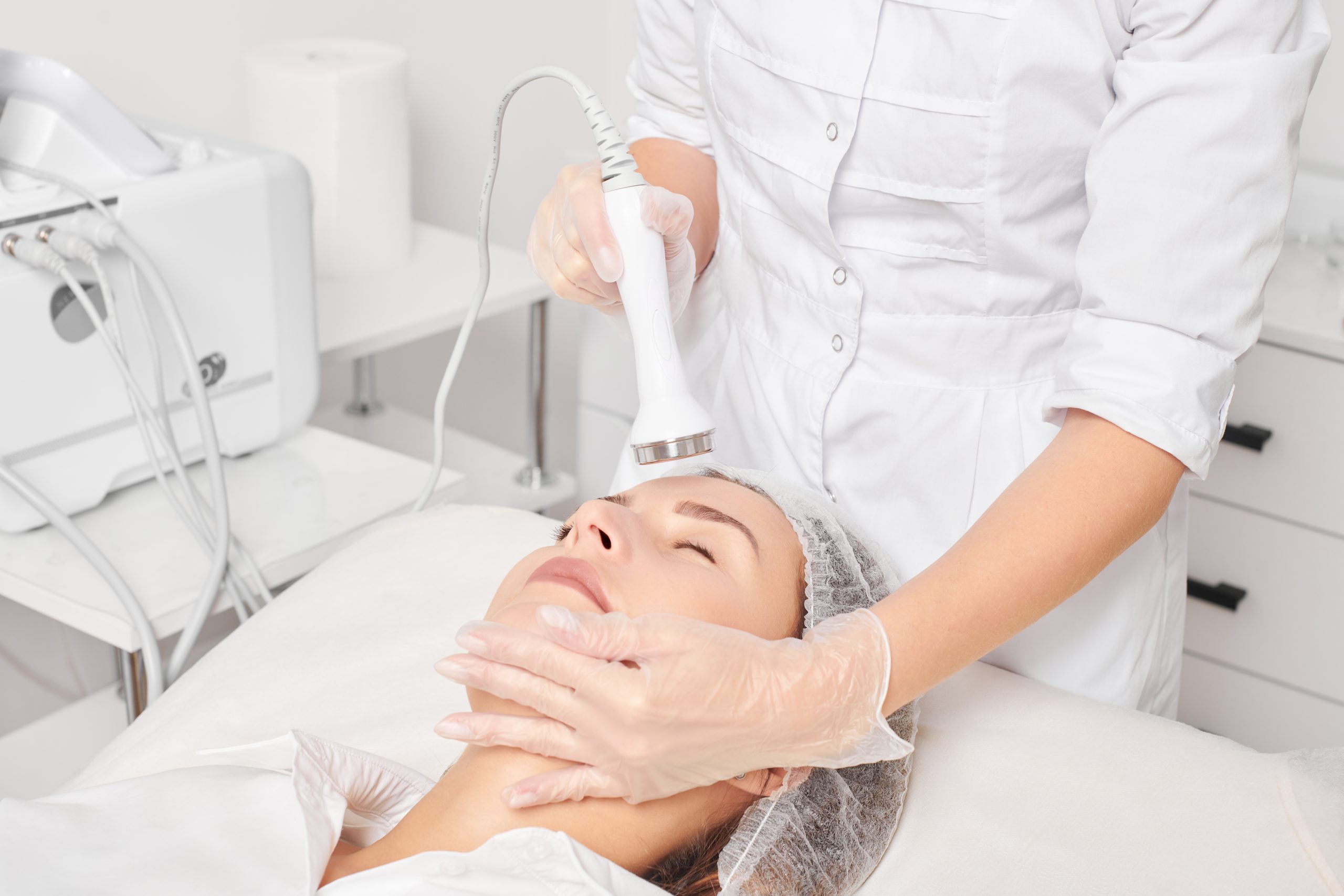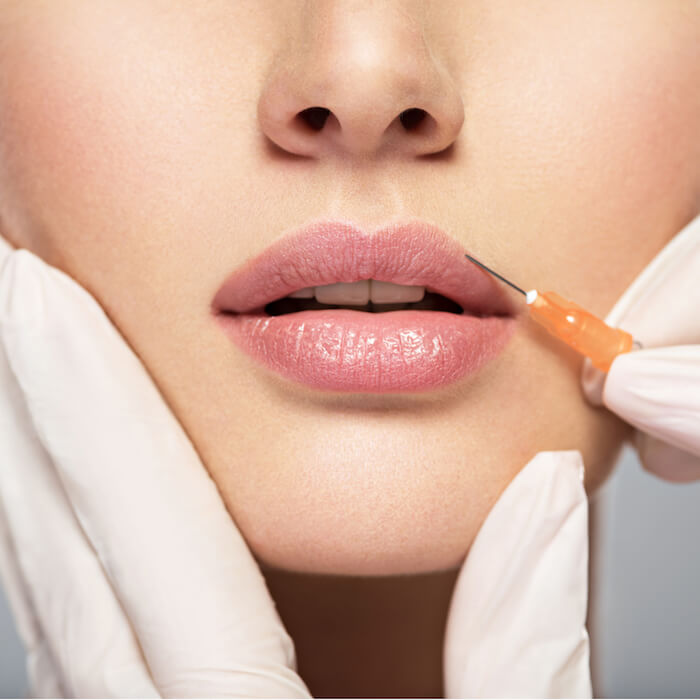As we age, our skin begins to show signs of wear and tear. Wrinkles, fine lines, and sagging skin become more prominent as the years go by. While there are many anti-aging treatments available on the market today, one of the newest and most innovative is HIFU. In this blog, internationally acclaimed couple dermatologists, Dr. Ishmeet Kaur and Dr. Deepak Jakhar talk about this latest technology.
Introduction to HIFU technology
HIFU technology is used for skin treatments, specifically for skin tightening and lifting. The procedure uses high-intensity focused ultrasound energy to stimulate collagen production in the skin, which helps to tighten and lift sagging or loose skin, says Dr. Ishmeet Kaur. During the HIFU skin treatment, the ultrasound energy is focused on the targeted areas of the skin, heating the tissue beneath the surface without damaging the skin’s outer layer. The heat stimulates the production of collagen, a protein that is essential for healthy, youthful-looking skin.
HIFU skin treatments are a non-invasive alternative to surgical facelifts, which require incisions and anesthesia. HIFU treatments are typically painless, and patients can return to their daily activities immediately after the procedure.
The results of HIFU skin treatments are gradual and natural-looking, with optimal results visible several weeks after the procedure. Patients typically notice firmer, tighter, and lifted skin, with a reduction in fine lines and wrinkles.
Overall, HIFU technology is a safe and effective way to improve the appearance of the skin without the need for invasive surgery or downtime. It offers a non-invasive alternative to traditional facelifts, providing patients with a more youthful, rejuvenated look.
How HIFU works?
HIFU (High-Intensity Focused Ultrasound) works by using focused ultrasound waves to target specific layers of tissue beneath the surface of the skin, explains Dr. Deepak Jakhar. The ultrasound waves penetrate through the skin without causing any damage, and they are then focused on a specific area to create a thermal effect.
The thermal effect of HIFU causes a controlled injury to the targeted tissue, which triggers a natural healing response. This response includes the production of new collagen, which helps to improve skin elasticity and firmness. HIFU can also promote tissue regeneration, which can help to reduce the appearance of wrinkles, fine lines, and other skin imperfections.
During the treatment, the HIFU device is applied to the skin, and the ultrasound waves are delivered to the targeted area. The depth and intensity of the ultrasound waves can be adjusted to target specific layers of tissue, and the treatment can be customized to address each patient’s individual needs
Safety considerations associated with HIFU Treatments
HIFU (High-Intensity Focused Ultrasound) is generally considered to be a safe and non-invasive cosmetic treatment. However, as with any medical or cosmetic procedure, there are some safety considerations that should be taken into account, cautions Dr. Kaur.
Qualified Practitioner: HIFU should only be performed by a qualified practitioner who has received proper training and certification in the use of the HIFU device, adds Dr. Jakhar. Patients should ensure that their practitioner is qualified and experienced in performing the procedure.
Possible Side Effects: HIFU may cause some side effects, including redness, swelling, and tenderness in the treated area. These side effects are usually mild and temporary, but patients should be aware of them and report any persistent or concerning symptoms to their practitioner.
Contraindications: HIFU may not be suitable for everyone, and there are certain conditions that may make the procedure unsafe or less effective. Patients with open wounds, active infections, or bleeding disorders may not be eligible for HIFU. It is also not recommended for pregnant women.
Risks: Although rare, there is a small risk of complications associated with HIFU, such as burns, nerve damage, or scarring. Patients should discuss these risks with their practitioner before undergoing the procedure.
Maintenance: While HIFU can provide long-lasting results, it may require multiple sessions or touch-ups to maintain the desired effects. Patients should discuss the recommended treatment plan with their practitioner and ensure that they are aware of the cost and time commitment involved in HIFU treatment
Indications and parameters for HIFU treatments
HIFU treatment in skin is used for various indications, including:
Skin tightening: HIFU treatment can help stimulate collagen production, which can improve skin elasticity and reduce the appearance of fine lines and wrinkles.
Non-invasive facelift: HIFU treatment can provide a non-invasive alternative to surgical facelifts, as it can lift and tighten sagging skin around the face and neck.
Acne scars: HIFU treatment can also be used to reduce the appearance of acne scars by promoting collagen production and smoothing out the skin.
Skin rejuvenation: HIFU treatment can improve the overall appearance of the skin by reducing pore size, improving skin texture, and promoting a more youthful-looking complexion.
Hyperhidrosis: HIFU treatment can also be used to treat excessive sweating, a condition known as hyperhidrosis, by targeting the sweat glands in the underarms
The parameters for HIFU treatment can vary depending on the specific condition being treated and the equipment being used. However, some common parameters include:
Frequency: HIFU systems typically operate at frequencies between 0.5 and 10 MHz, depending on the depth and size of the targeted tissue.
Energy level: The amount of energy delivered to the tissue is a critical parameter in determining the effectiveness of the treatment. Energy levels are typically measured in watts per square centimeter (W/cm2) and can range from 0.1 to 10 W/cm2.
Duration: The length of time that the ultrasound waves are applied to the tissue is also an important parameter. Treatment times can range from a few seconds to several minutes, depending on the size and location of the target tissue.
Focal depth: The depth of the targeted tissue is another critical parameter. The HIFU system must be able to focus the ultrasound waves at the desired depth to effectively treat the tissue.
Number of treatment sessions: The number of HIFU treatment sessions required will depend on the condition being treated and the individual patient’s response to treatment.
Overall, HIFU is an exciting new development in the field of anti-aging. With its non-invasive nature, minimal downtime, and proven results, it is quickly becoming a popular choice for patients who want to look and feel younger. If you are considering HIFU as a cosmetic treatment, be sure to consult with our expert dermatologists at Dermosphere Clinic to discuss your options and determine if it is the right choice for you.


